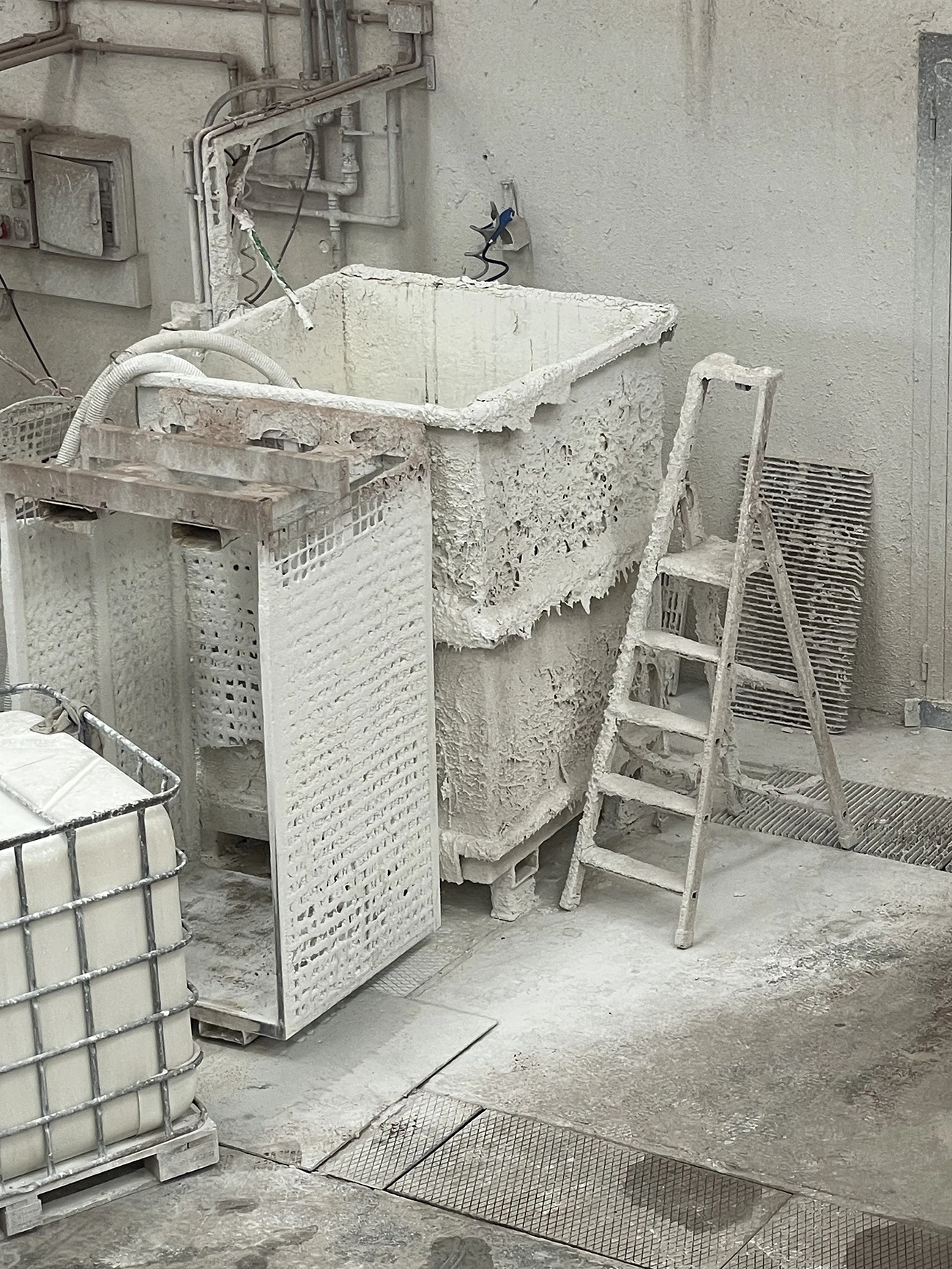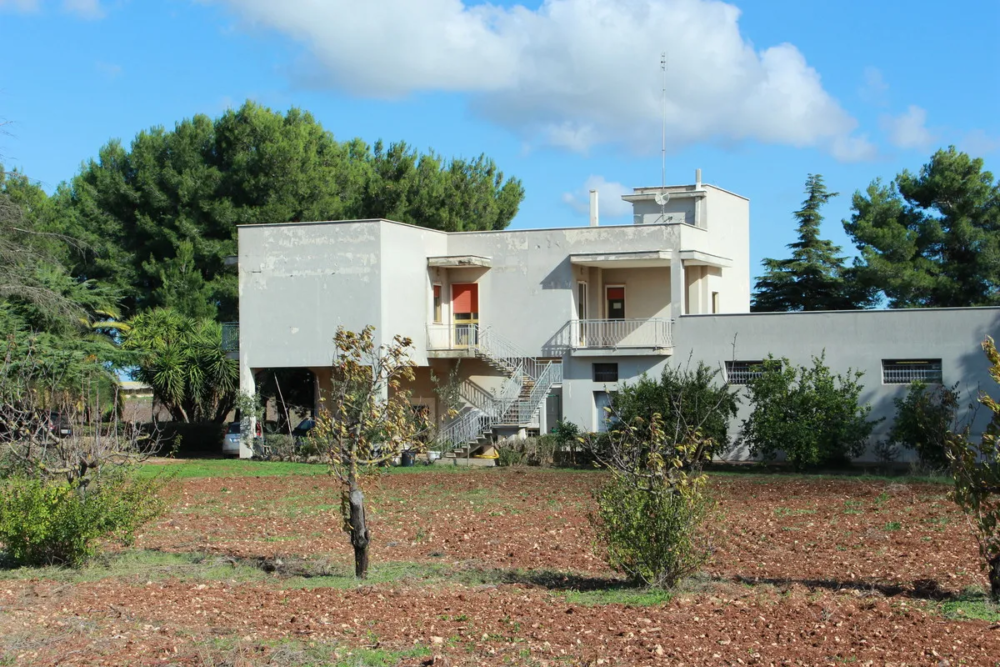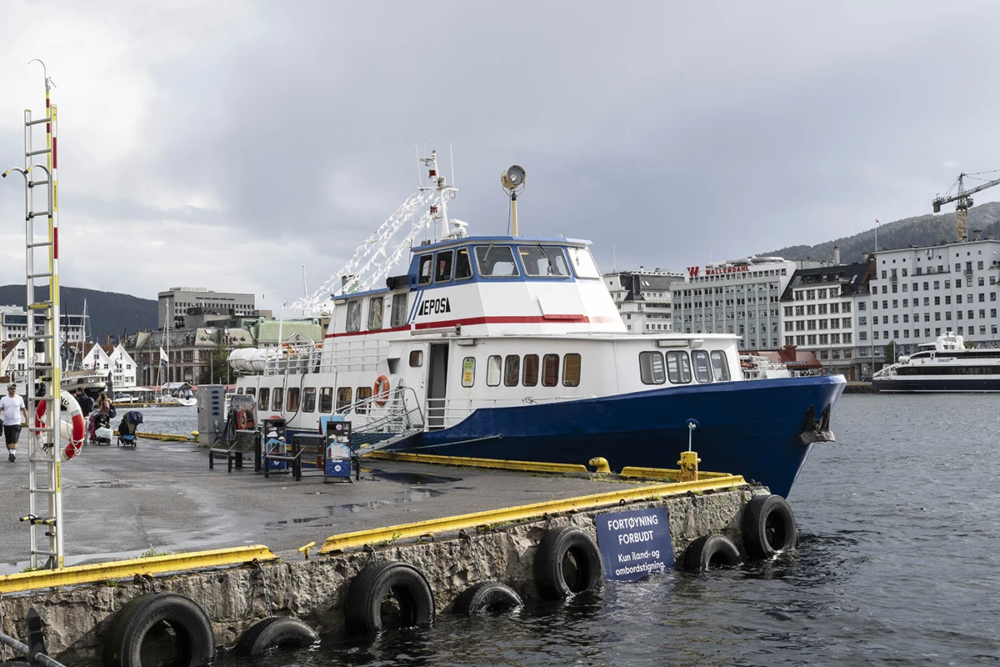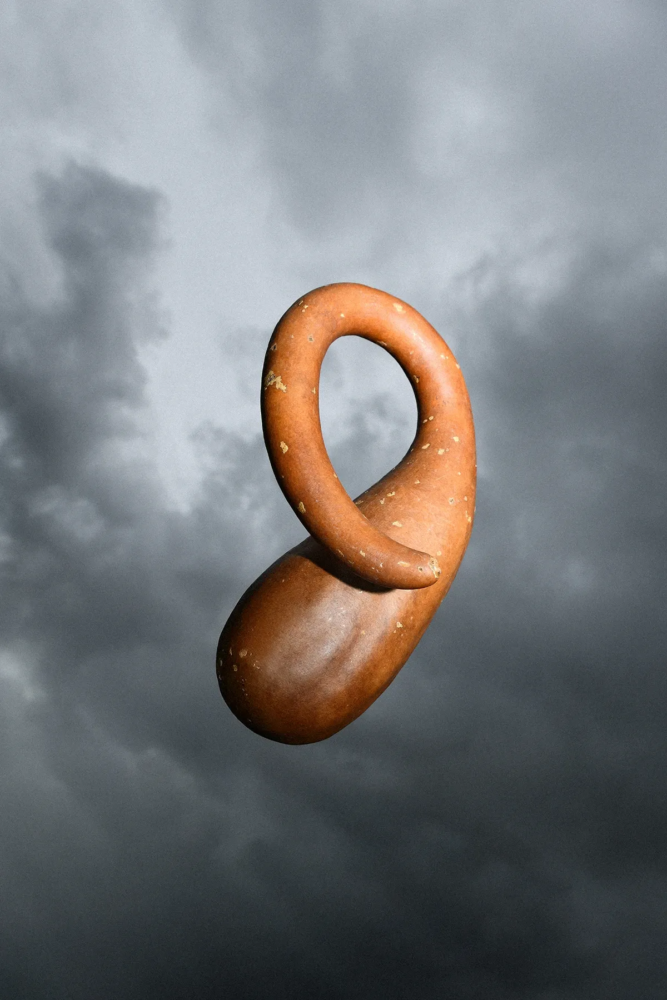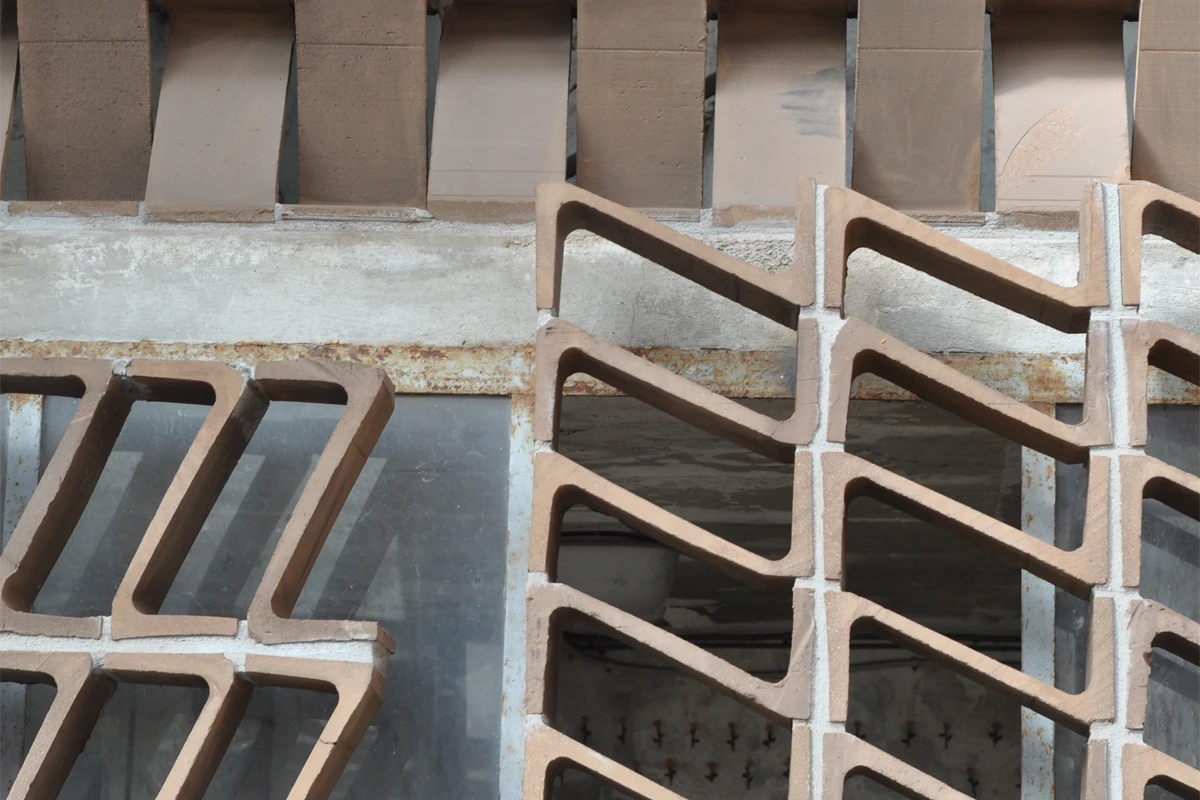
Terraformae and the raw vitality of terracotta: design must get its hands dirty
Terraformae explores terracotta’s circular potential—recyclable, binder-free, and with up to 70% lower CO₂ emissions than cement—through design-led experimentation and process optimization
Terraformae: A new design perspective on one of the world’s oldest materials
Terraformae is redefining one of the world’s oldest materials—terracotta—through a bold combination of design, experimentation, and sustainability. Born within the historic Fornace Sant’Anselmo and led by Creative Director Sveva Bizzotto, the project invites contemporary designers to rethink clay not as a relic of the past, but as a living, regenerative medium. “The company is well known in the world of architecture,” says Bizzotto, “but it felt the need to engage with designers from different backgrounds, thus launching a new line dedicated to design—an unexplored territory for them.”
Launched at Milan Design Week 2024, Terraformae opens the doors of Fornace Sant’Anselmo—a working kiln founded in 1903 in the province of Padua—to fresh perspectives and new markets. It merges artisanal knowledge with forward-thinking aesthetics, creating a platform where emerging talents and master craftsmen collaborate to shape the future of terracotta. “I realized that the company’s real strength lies in experimentation,” Bizzotto explains, “the openness to challenges and new design languages.”
This new chapter builds upon more than a century of expertise. The De Checchi family established the furnace as the first in the region to offer a kiln for firing handmade bricks, opening it to both artisans and individuals. Over time, it became the only company in Italy to specialize in soft-mud bricks, later evolving into a reference point for high-quality facing bricks. Yet despite this deep-rooted legacy, Terraformae looks firmly ahead.
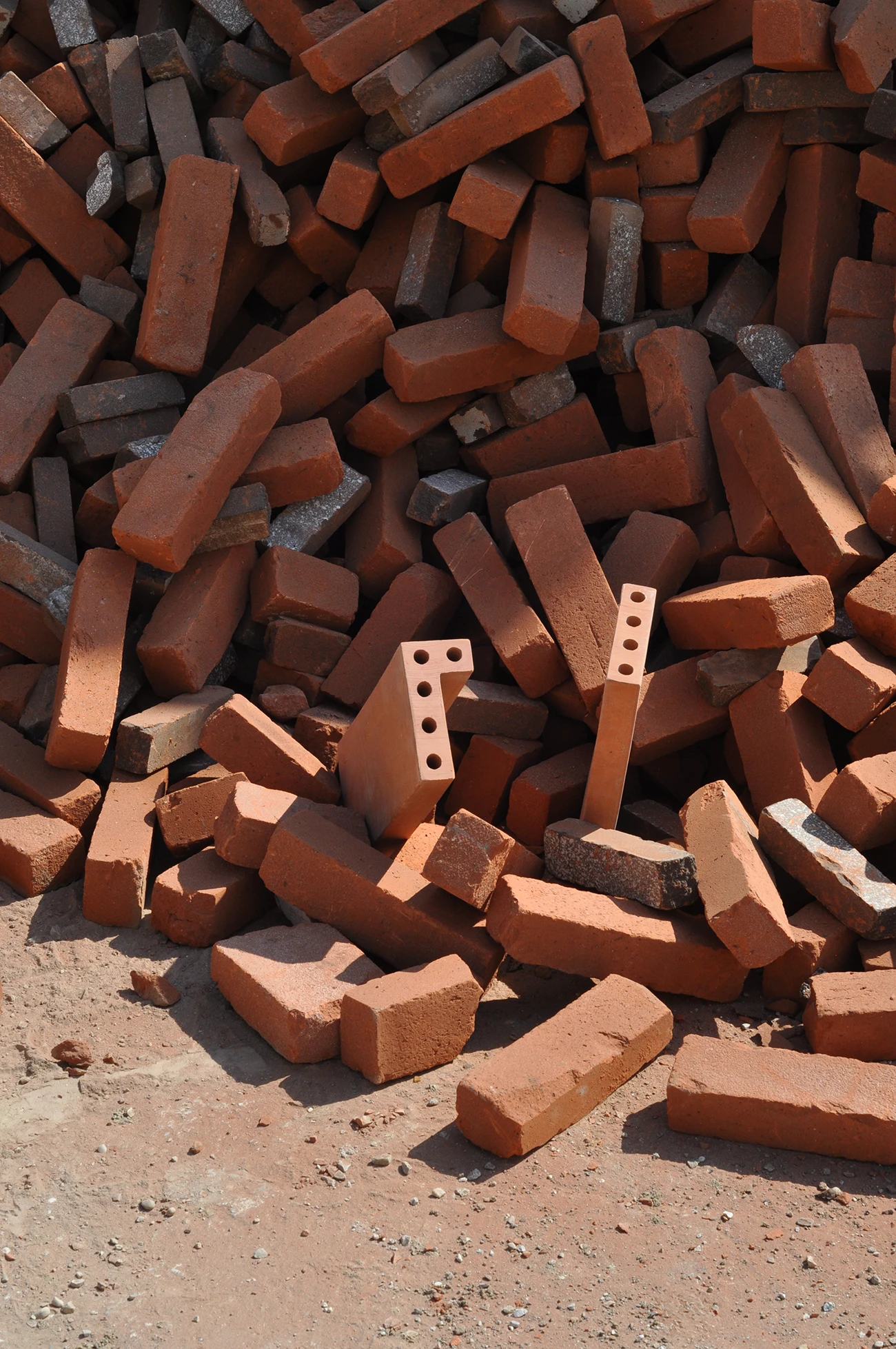
Terracotta has been used by humans for over 25,000 years
To understand why this matters, one must look at the material itself. Terracotta has been used by humans for over 25,000 years. Since prehistoric times, shaped and fired clay has served as a durable, versatile solution for tools, vessels, and ornamentation. Civilizations across the globe—from the Etruscans to the ancient Greeks—have worked with it, each time adapting its use to fit their own needs and values. Throughout Italy, this continuity is still visible in centers of excellence like Faenza, Impruneta, Deruta, and the Veneto towns of Nove and Bassano del Grappa.
Terraformae doesn’t erase this history—it rewrites it. Rooted in tradition yet detached from nostalgia, it views terracotta as a raw, honest material that responds to the demands of contemporary design. With a focus on circular practices, waste minimization, and creative autonomy, it invites a new generation of designers to work not only with the material, but also with the people and processes that shape it every day. “Design cannot stop at the digital image,” says architect and collaborator Marco Zito. “A designer must enter the production process with all its rough edges.”
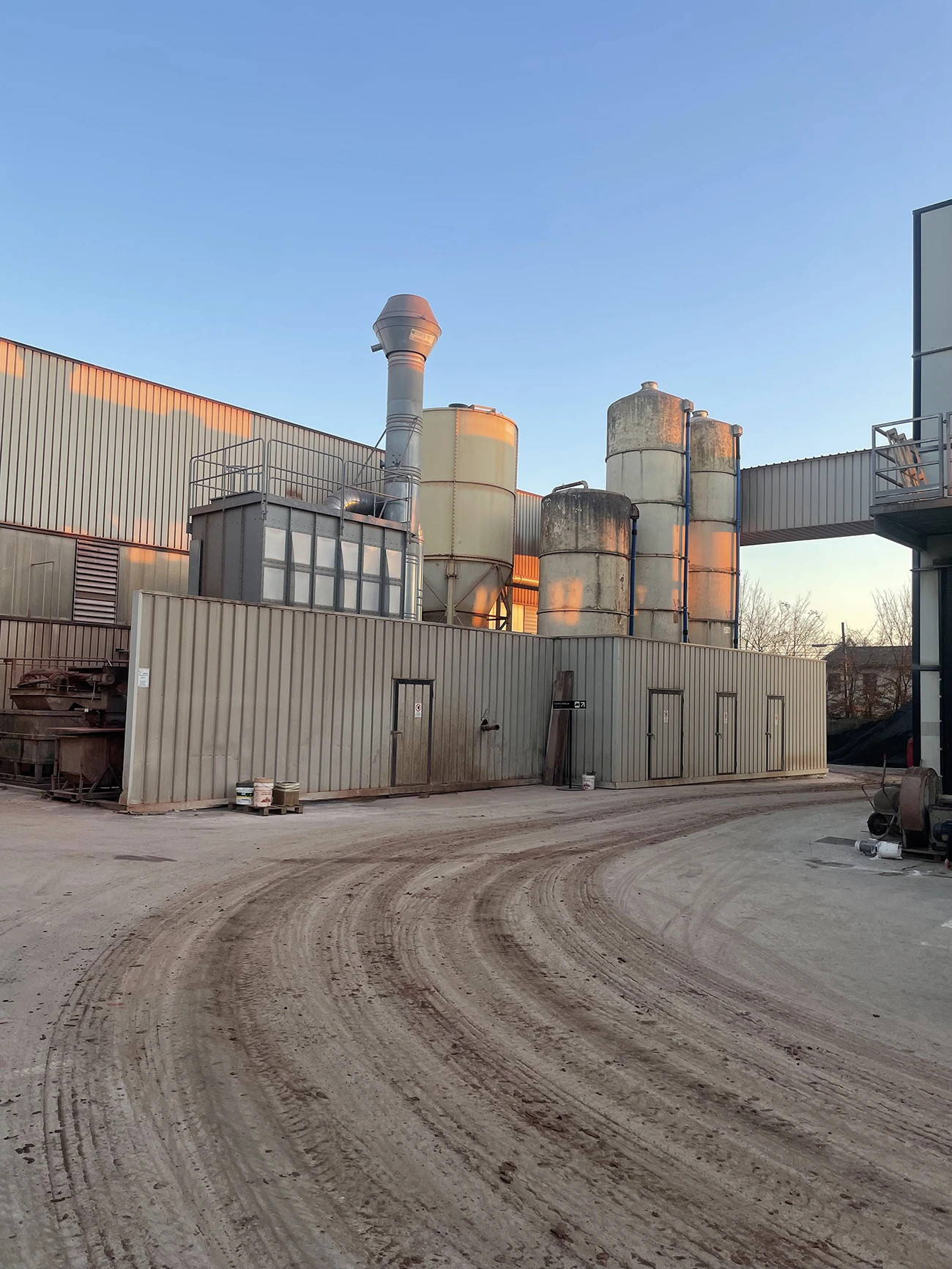
The challenges of Terraformae: sustainability and production process optimization
At the heart of Terraformae are two intertwined objectives: environmental responsibility and process optimization. Bizzotto leads with a clear directive. “The goal is to work as much as possible with reclaimed materials and production scraps, minimizing waste and emissions,” she explains. “I ask the designers we collaborate with to carefully observe the artisans’ work and adapt their ideas to this manufacturing context.”
Terracotta, by its very nature, supports this vision. Composed of natural elements, it does not emit harmful substances and can be returned to the earth at the end of its lifecycle. “It’s a rough, honest material,” says Zito. “It doesn’t require excessive processing or decoration—after firing, it’s ready to use. The purer the material, the easier it is to recycle.”
Terraformae challenges designers to embed this ethos into every project—not as a constraint, but as a generative force. The kiln becomes a place of encounter, not only between design and material, but between tradition and reinvention.
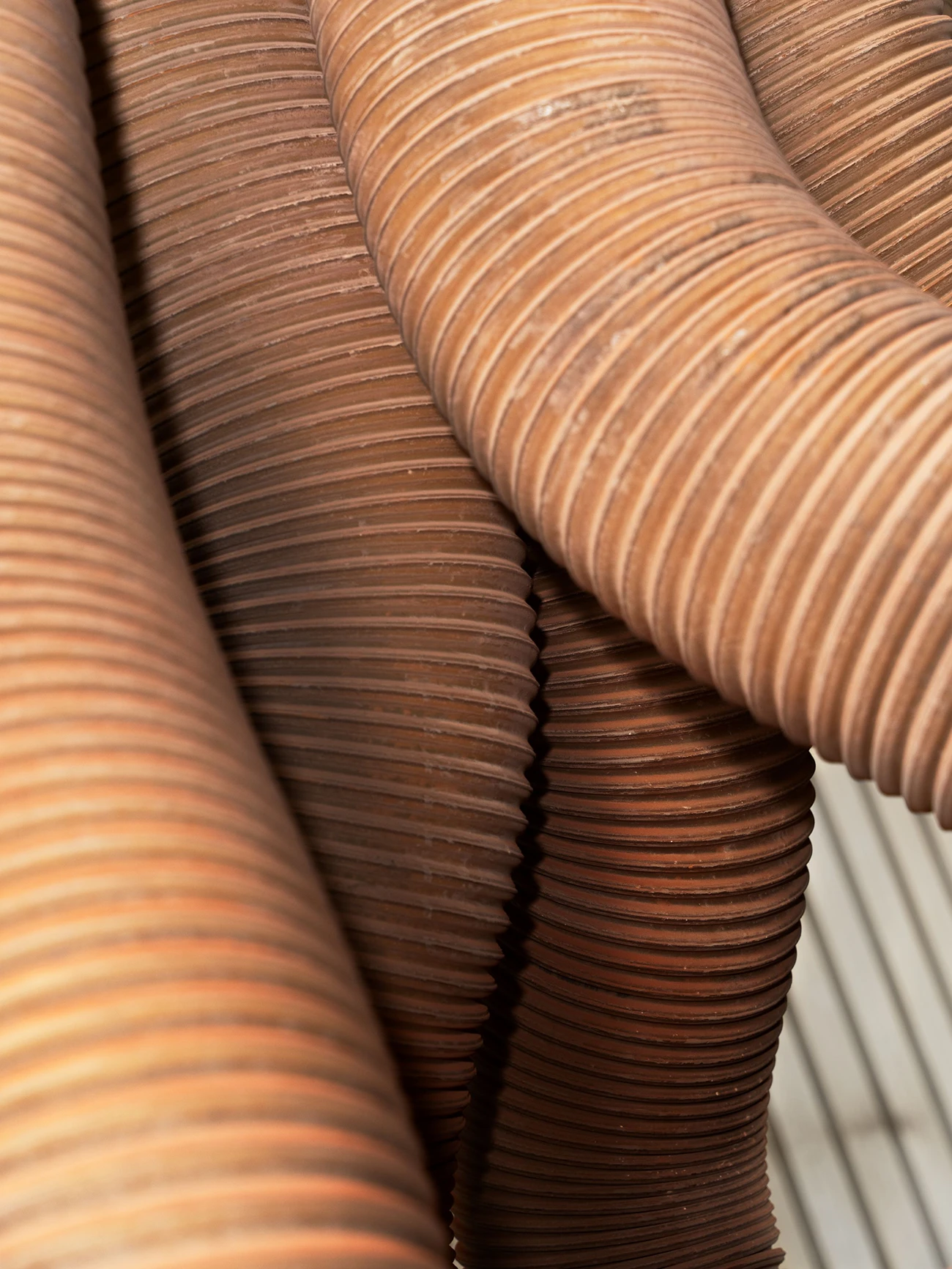
Collaborations and residencies at Terraformae
Each collaboration within Terraformae reflects a distinct identity, yet they all share a respect for terracotta’s expressive power and the furnace’s unique ecosystem. Through a residency program, the project invites designers to work side by side with the artisans who handle the material every day.
“Every task carries knowledge. Every worker is a well of ideas—they must be listened to, their input collected, filtered, and reorganized,” Bizzotto emphasizes. “The young people who mold bricks often don’t feel authorized to speak up, but their feedback is essential—if you’re willing to listen.”
Designer Davide Biancucci, author of the Universal collection (2025), echoes this approach. “From the moment I discovered Terraformae, I was struck by the quality it conveyed,” he says. “I appreciate the mix of designers from different backgrounds: I have a more industrial and technical approach, while others follow more research-based paths. It’s a lab where each author brings their own language, yet everything speaks the same coherent voice.”
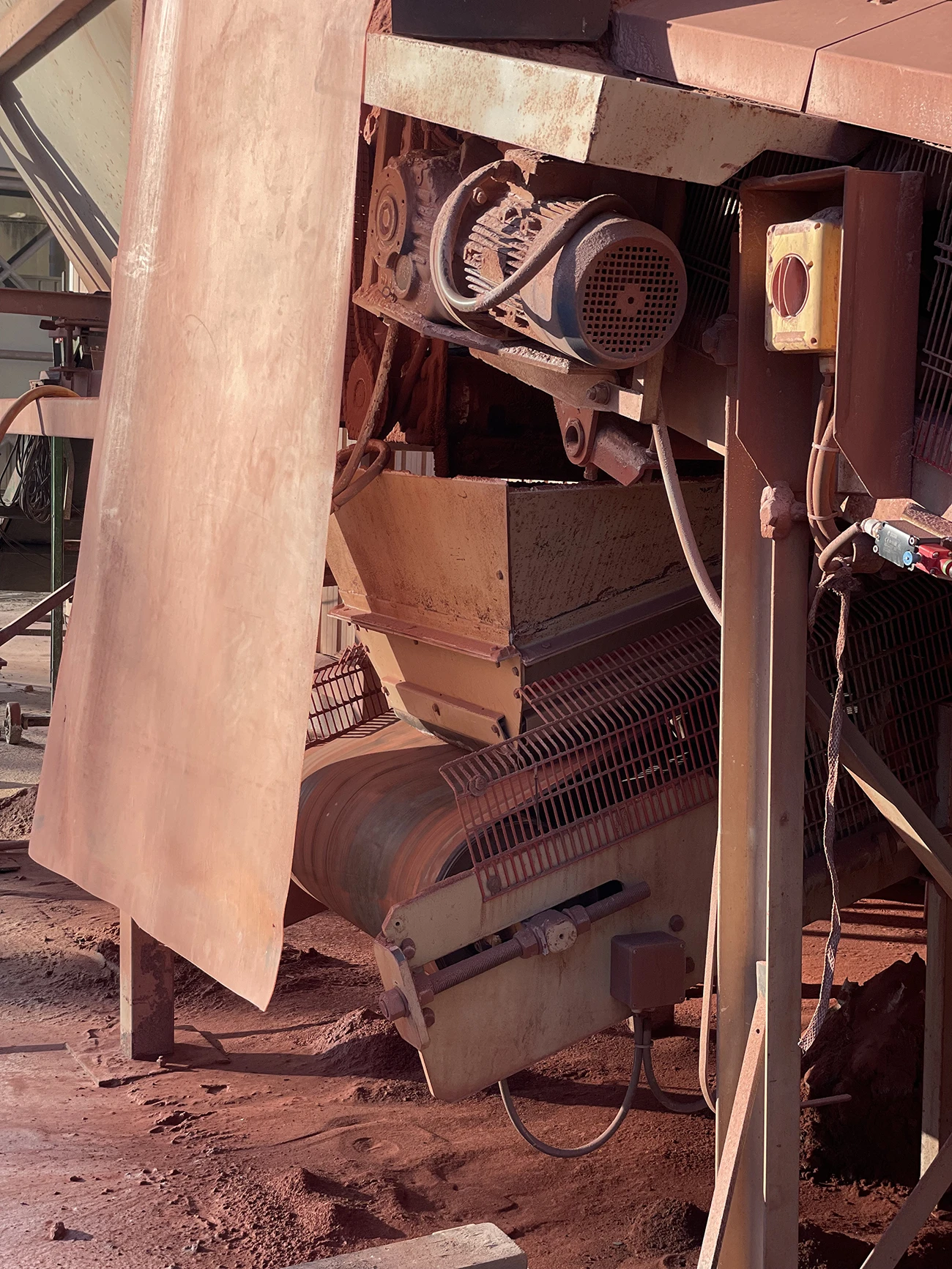
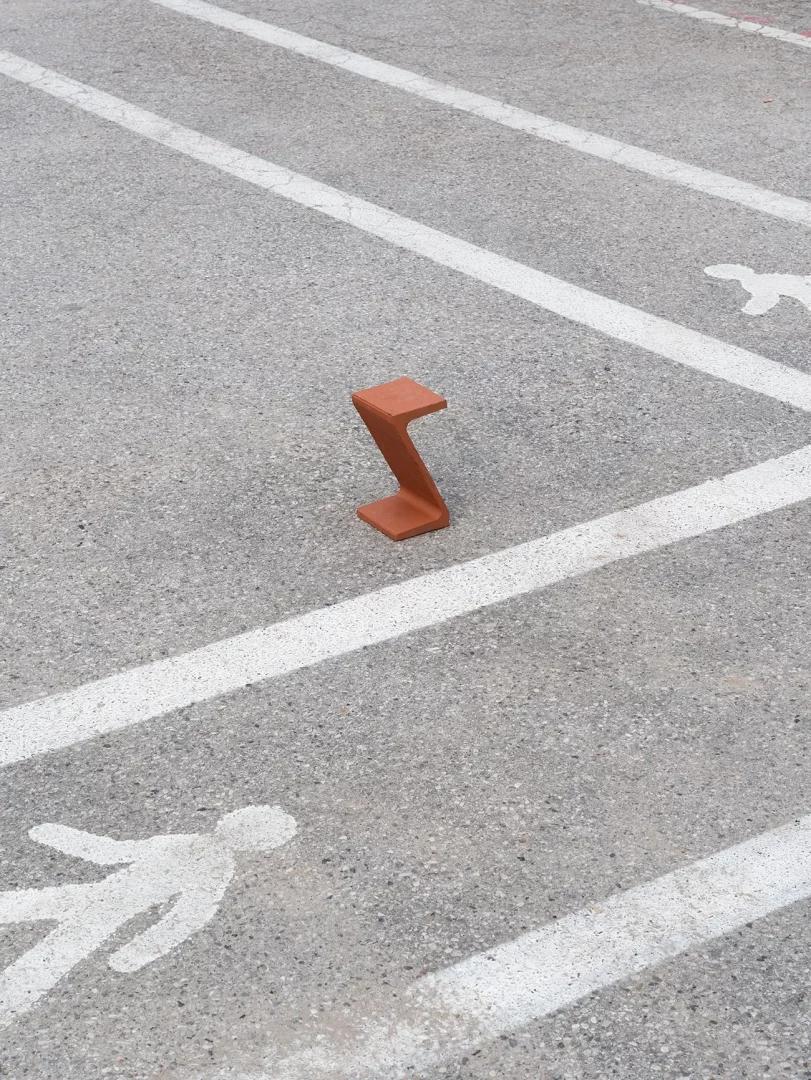
Davide Biancucci’s industrial design applied to clay – Universal and TT
Biancucci’s entry into Terraformae was unexpected. “When he contacted me, he presented a fully formed product, without anyone having given him a brief,” recalls Bizzotto. “And even though the path we wanted to pursue was more experimental, we immediately recognized the value of the project—it was tailor-made for us.”
The result is Universal (2025), a three-dimensional brick with no privileged orientation. It can be rotated and arranged to form closed or semi-open walls, creating ever-changing textures and patterns. One element, infinite combinations. Its smart design lies in its geometry rather than any technological intervention, and its adaptability makes it a sustainable solution by nature.
The extrusion process posed real challenges and required collaboration across the entire production chain. “I was lucky enough to visit the furnace frequently,” says Biancucci. “It’s a place where things are still made by hand, supported by machinery. The brick is a primordial yet contemporary object. When an idea is right, it transcends the concept of what’s current.”
For the 24th Triennale di Milano, Biancucci returned to the kiln with TT (2025), a modular terracotta bench. Drawing from architectural typologies like the I-beam, he reinterpreted structural logic through artisanal techniques. Each module is symmetrical, with a central column connecting identical seat and base surfaces. Four holes allow for threaded rods, enabling serial assembly. TT shows how terracotta can function within an industrial logic without compromising material authenticity, expanding its potential at different scales.

Marco Zito’s projects: terracotta at multiple scales
Zito’s relationship with matter is deeply rooted in his early experiences in Murano. “Working alongside masters to create objects that have color, transparency, and fragility leaves you with an imprint you carry into every project—even when designing in plastic,” he reflects. “A core theme of my work is contamination: between past and present, between craftsmanship and technology.”
At Fornace Sant’Anselmo, Zito found fertile ground for this methodology. One standout project is his work for the ITS Academy in Udine, a higher education school built on the edge of the city’s last defensive walls. The project blends architectural heritage with solar analysis to design a smart terracotta façade, incorporating custom bricks inspired by gelosia blinds. “The result is a dynamic, modern façade that cannot be dated—a balance between product design and architecture,” he explains.
Zito’s Tilt (2024) collection for Terraformae works at a more intimate scale. It features three modular profiles—T, I, and L—that can be used to build free-standing elements or wall systems capable of hosting shelving and storage. The collection embodies his commitment to modularity, sustainability, and compositional intelligence.
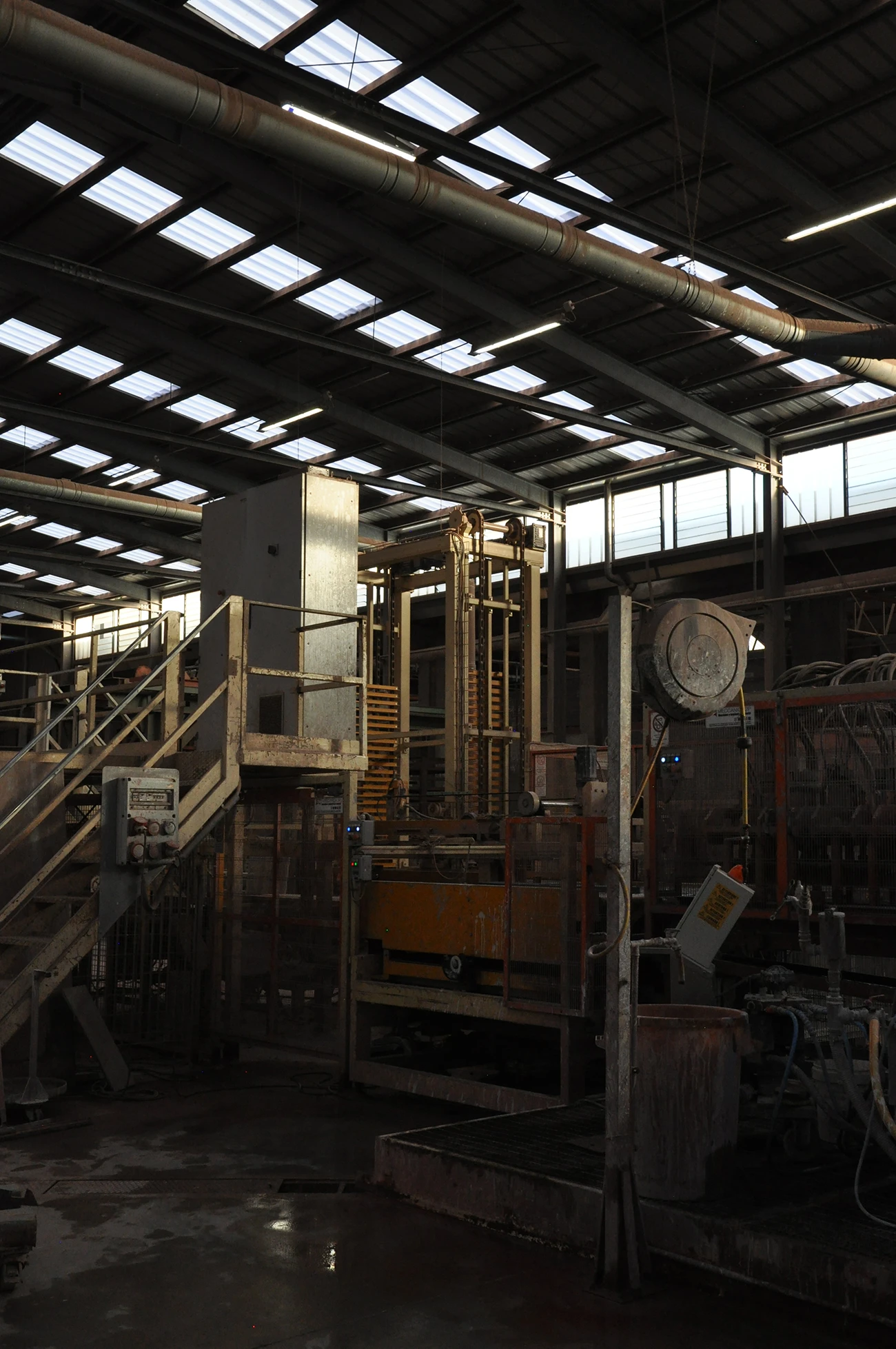
Sveva Bizzotto’s research on color – Potoro and Crumbles
Bizzotto’s contribution to Terraformae also extends into the realm of color—an area often overlooked in raw materials like terracotta. Working from the traditional potoro technique used to unify color across batches of bricks, she developed a new palette of vibrant tones without glazes, preserving the tactile surface quality of the material.
“Traditionally, the palette ranges from brown to red. I wanted the same absorptive effect, but with more vibrant colors,” she explains. “Glazes, though charming in their own way, cover the surface with a shiny layer that hides its roughness.”
One of her boldest experiments is Crumbles (2024), a kind of terrazzo alla veneziana in terracotta. The initial proposal was met with skepticism—heterogeneous materials are risky during firing, as terracotta can shrink up to 8%. But through rigorous testing and sheer persistence, she developed a process using discarded materials like glass, cryolite, and ceramic by-products as colorful inclusions. Crumbles merges visual research and sustainability into a new typology.
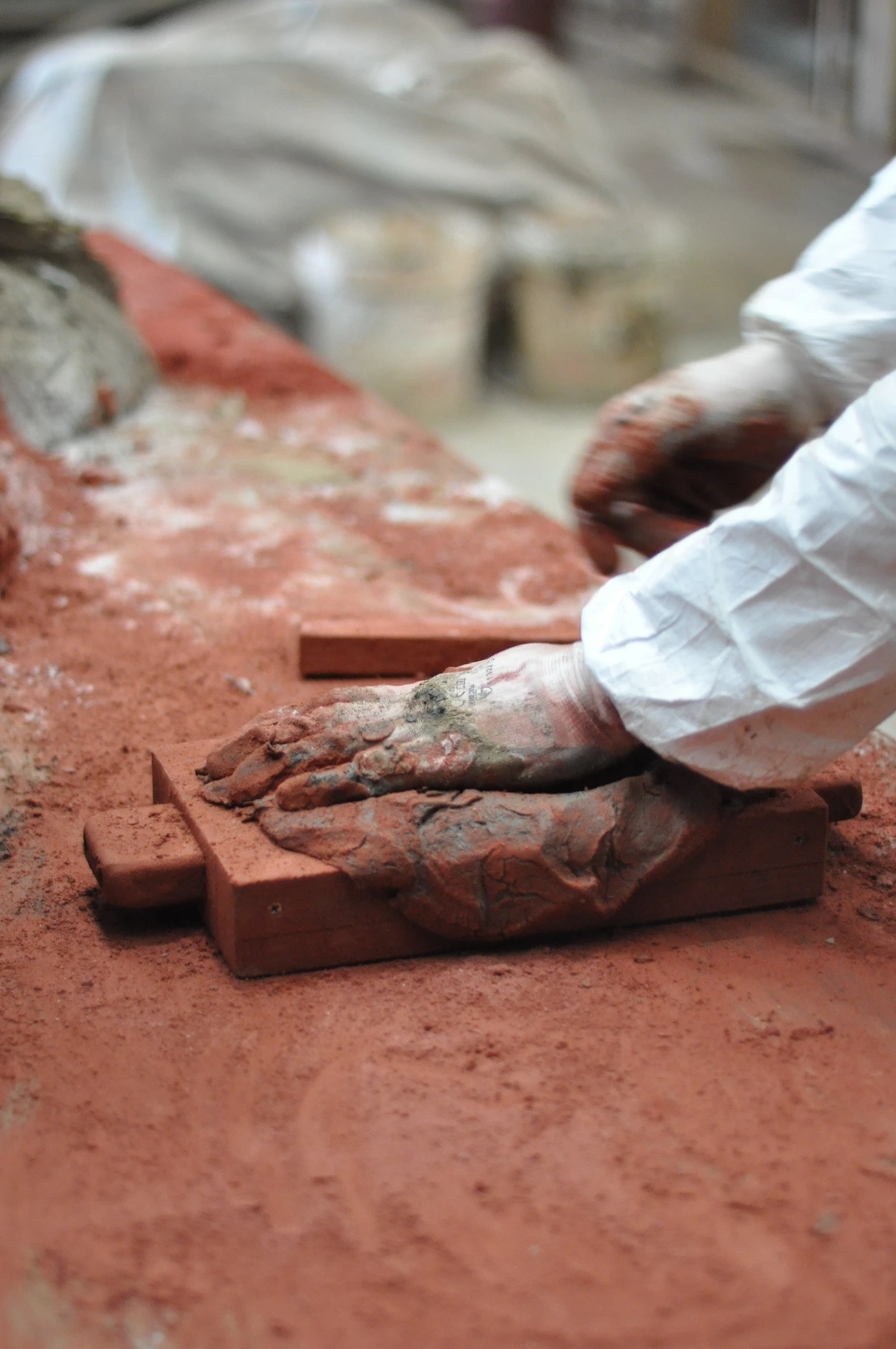
Terraformae: teaching future generations about terracotta
Terraformae’s research and production lab extends far beyond design weeks and commercial collections. It also engages with schools and universities to ensure that the knowledge embedded in the material and its processes is transmitted to future generations.
One standout collaboration is Extraterra (2024), developed with students from the Product & Systemic Design course at IUAV Venice under Zito’s supervision. The resulting objects explore terracotta’s expressive potential with freedom and irreverence—qualities often inaccessible to professionals conditioned by market constraints.
“Terracotta has ancient connotations,” says Bizzotto. “In recent years, it has come back into vogue, but one of Terraformae’s goals is to break that traditional imagery and make it appealing and exciting for a new generation of designers.”That commitment to outreach extends even to young children. “Sometimes we even involve primary schools,” she adds. “There’s a constant urgency in the furnace: the oven runs 365 days a year. And yet, with the same care and attention, the lab technicians also manage the small kiln reserved for the children’s creations.” That human touch—care, attentiveness, humility—is something no machine or technology will ever replace.
Agnese Torres
